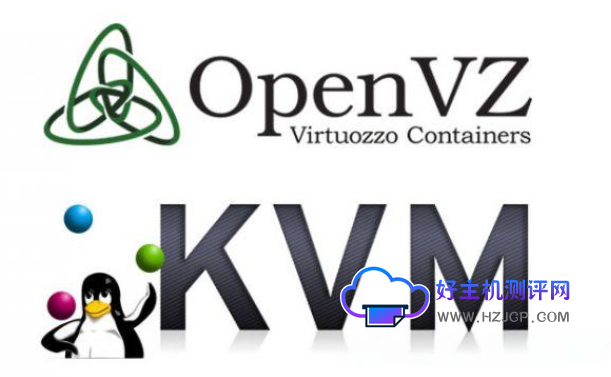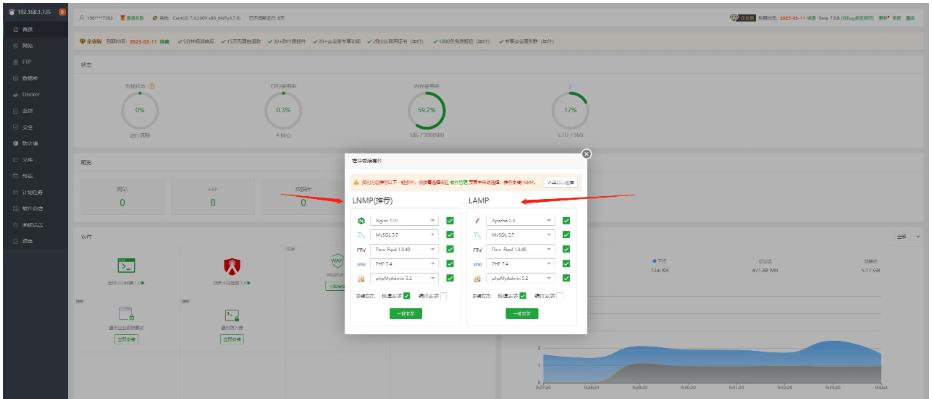Kryo框架的source已移至https://github.com/EsotericSoftware/kryo ,进入此页面,然后点击右边的Download Zip按钮,就能下载到最新版本的Kryo框架。
导入Eclipse时,记得JDK/JRE选用 JDK1.7版本,因为Kryo会引用到unsafe()对象的一些方法JDK1.7才兼容。。
先来一个String类的序列化跟还原,是不是很简单?
?
|
1
2
3
4
5
6
7
8
9
10
11
12
13
14
15
|
</pre><pre name="code" class="java"> private static void testString () {
Kryo kryo=new Kryo();
String w_str1="简体中文,繁體中文,English";
//把w_str1对象序列化
Output output=new Output(1024);
kryo.writeObject(output, w_str1);
output.flush();
output.close();
byte[] w_ret= output.toBytes(); //获得byte数据,这些数据可用作储存、网络传输等...
//还原
Input input=new Input(w_ret);
input.close();
String w_str2=kryo.readObject(input, String.class);
System.out.println(w_str2);
}
|
再来一个HashMap类的序列化跟还原,因为Kryo自带了很多java基本类的Serializer,所以尽管不知道Serializer,Kryo也自动匹配:
?
|
1
2
3
4
5
6
7
8
9
10
11
12
13
14
|
public static void testHashMap() throws NoSuchAlgorithmException{
Kryo kryo=new Kryo();
HashMap h=new HashMap();
h.put("k1", "v1");
h.put("k2", "v2");
Output output=new Output(1, 1024);
kryo.writeObject(output, h);
output.close();
byte[] data=output.toBytes();
Input i=new Input(data);
i.close();
HashMap h2= (HashMap)kryo.readObject(i, HashMap.class);
System.out.println(h2.get("k2"));
}
|
那么,我自定义的Bean又应该如何处理呢?下面给出例子:
1、先定义Bean TestBean:
?
|
1
2
3
4
5
6
7
8
9
10
11
12
13
14
15
16
17
18
19
20
21
22
23
|
public static class TestBean implements Serializable{
private int[] intArray;
private HashMap<String,String> hashMapVal;
private String strVal;
public int[] getIntArray () {
return intArray;
}
public void setIntArray (int[] intArray) {
this.intArray = intArray;
}
public HashMap<String, String> getHashMapVal () {
return hashMapVal;
}
public void setHashMapVal (HashMap<String, String> hashMapVal) {
this.hashMapVal = hashMapVal;
}
public String getStrVal () {
return strVal;
}
public void setStrVal (String strVal) {
this.strVal = strVal;
}
}
|
2、因为这是自定义的Bean,Kryo在序列化前先要对TestBean进行注册:kryo.register(TestBean.class,new BeanSerializer(kryo, TestBean.class)); ,具体例子如下:
?
|
1
2
3
4
5
6
7
8
9
10
11
12
13
14
15
16
17
|
public static void testBean() throws NoSuchAlgorithmException{
Kryo kryo=new Kryo();
kryo.register(TestBean.class,new BeanSerializer(kryo, TestBean.class));
TestBean tb1=new TestBean();
tb1.setStrVal("test1");
tb1.setHashMapVal(new HashMap<String,String>());
tb1.getHashMapVal().put("k1", "v1");
tb1.getHashMapVal().put("k2", "v2");
int[] ints=new int[3];
ints[0]=1;
ints[1]=2;
ints[2]=3;
tb1.setIntArray(ints);
Output output=new Output(1, 1024);
kryo.writeObject(output, tb1);
output.close();
byte[] data=output.toBytes();
|
?
|
1
2
3
4
5
6
7
|
Input i=new Input(data);
i.close();
TestBean tb2= (TestBean)kryo.readObject(i, TestBean.class);
System.out.println(tb2.strVal);
System.out.println(tb2.hashMapVal.get("k1"));
System.out.println(tb2.intArray[2]);
}
|
总结
是不是非常简单?关于Kryo框架使用方法代码示例的介绍就到这里,希望对大家有所帮助。有什么问题可以随时留言,小编会及时回复大家的。
原文链接:http://blog.csdn.net/rocklee/article/details/26451739
相关文章
猜你喜欢
- 64M VPS建站:能否支持高流量网站运行? 2025-06-10
- 64M VPS建站:怎样选择合适的域名和SSL证书? 2025-06-10
- 64M VPS建站:怎样优化以提高网站加载速度? 2025-06-10
- 64M VPS建站:是否适合初学者操作和管理? 2025-06-10
- ASP.NET自助建站系统中的用户注册和登录功能定制方法 2025-06-10
TA的动态
- 2025-07-10 怎样使用阿里云的安全工具进行服务器漏洞扫描和修复?
- 2025-07-10 怎样使用命令行工具优化Linux云服务器的Ping性能?
- 2025-07-10 怎样使用Xshell连接华为云服务器,实现高效远程管理?
- 2025-07-10 怎样利用云服务器D盘搭建稳定、高效的网站托管环境?
- 2025-07-10 怎样使用阿里云的安全组功能来增强服务器防火墙的安全性?
快网idc优惠网
QQ交流群
您的支持,是我们最大的动力!
热门文章
-
2025-05-25 11
-
2025-05-27 85
-
2025-06-05 59
-
2025-05-29 47
-
2025-05-25 45
热门评论










